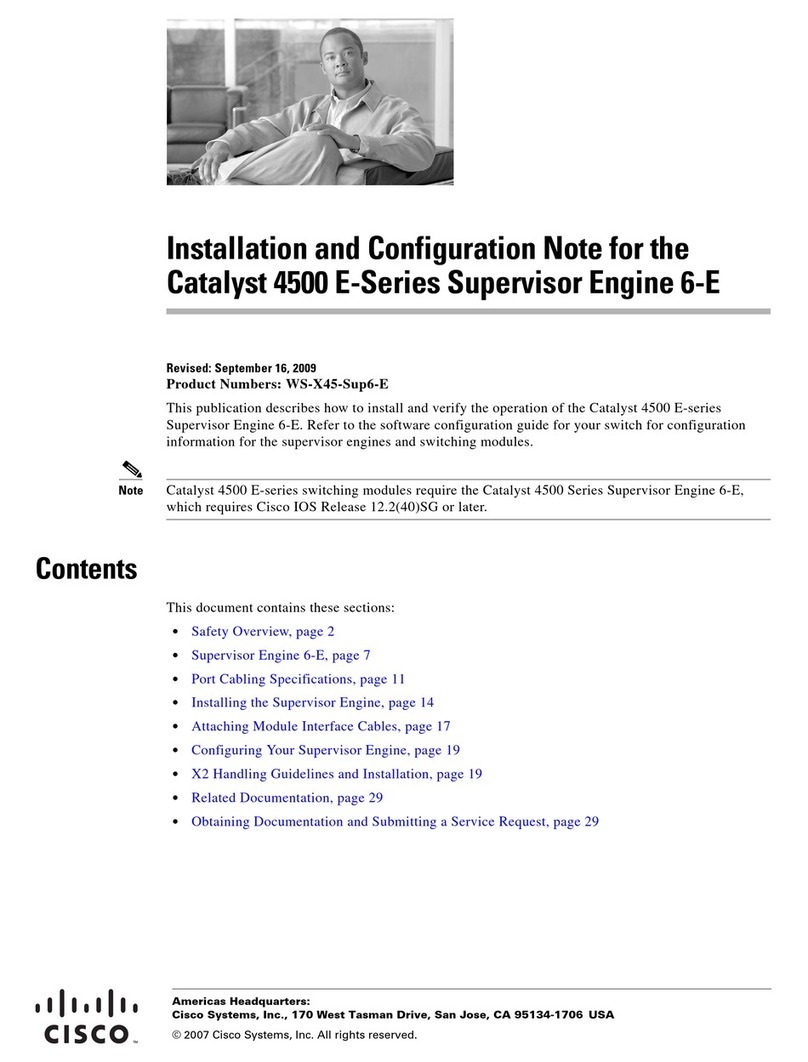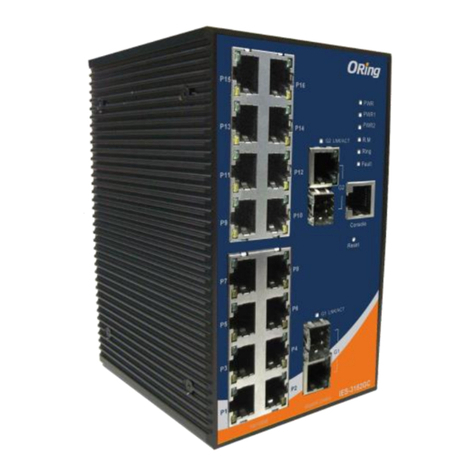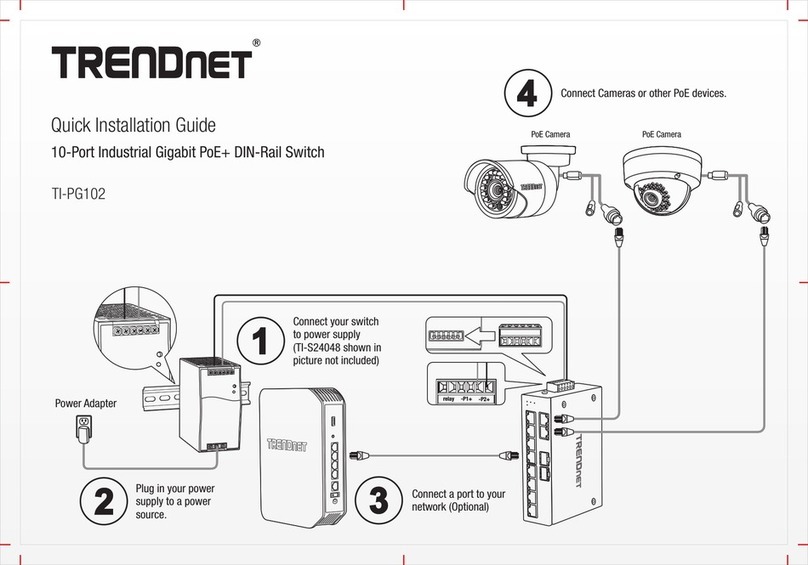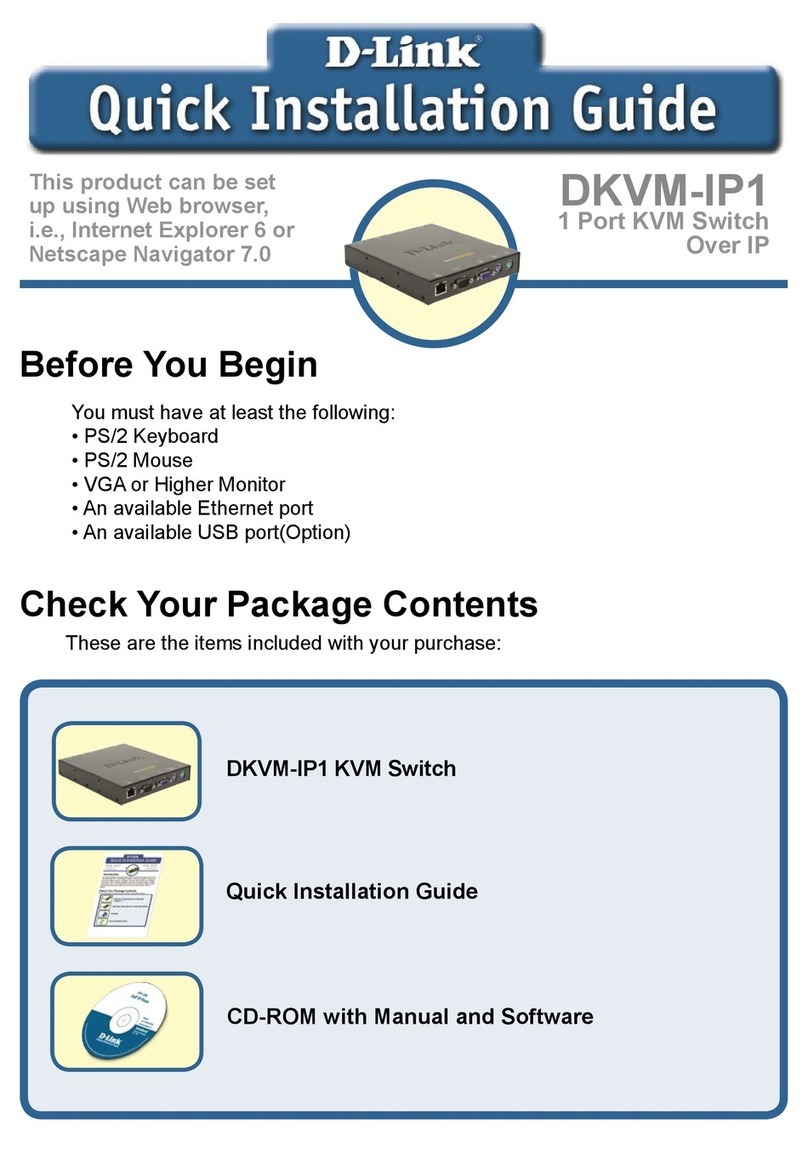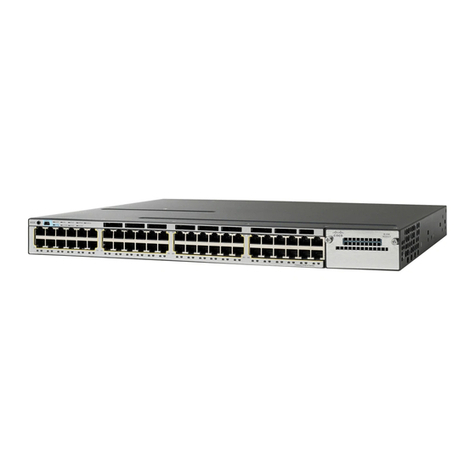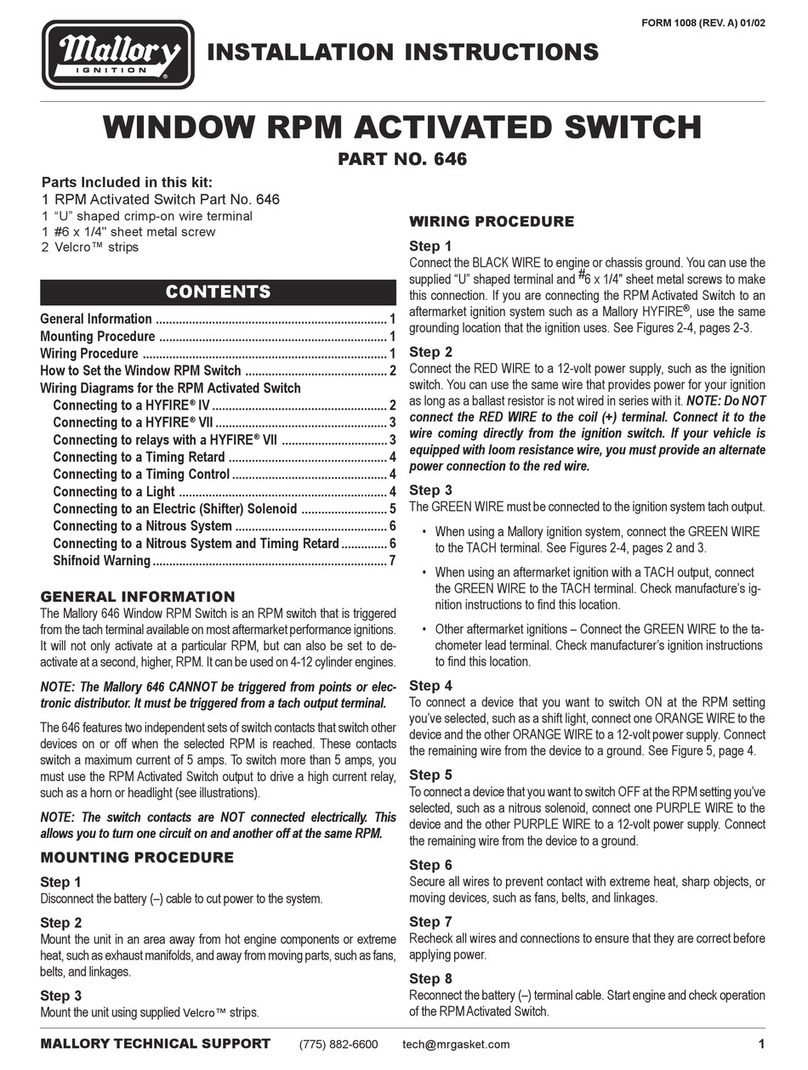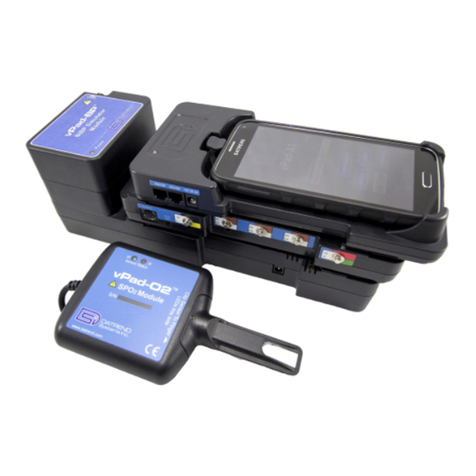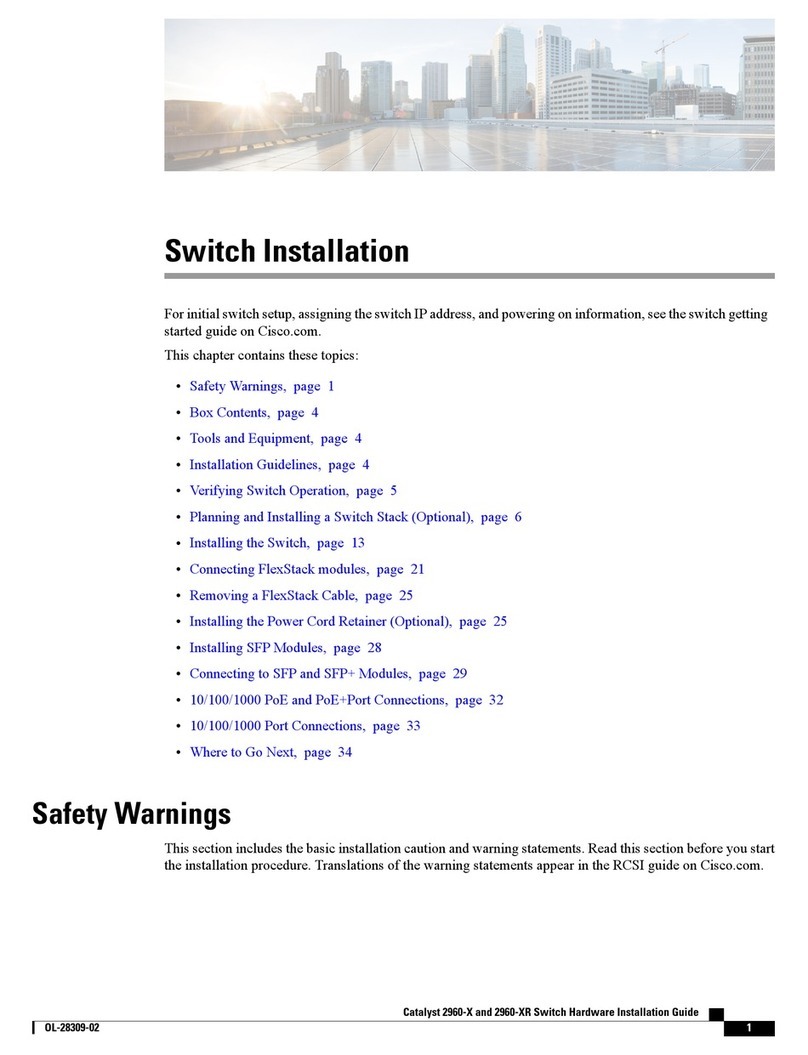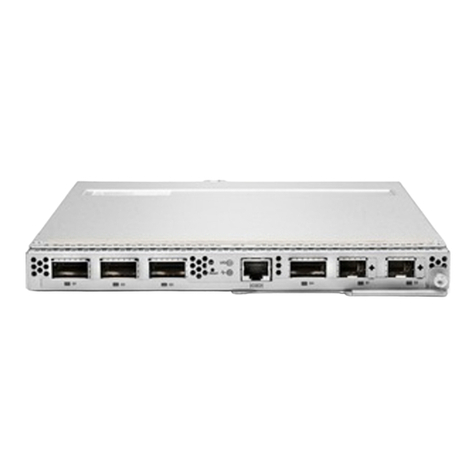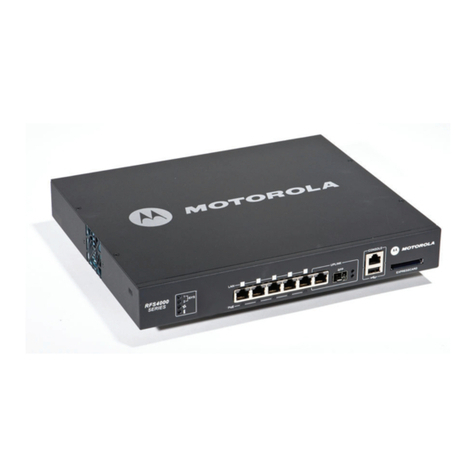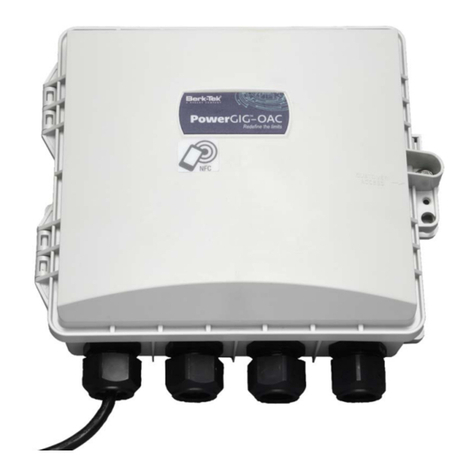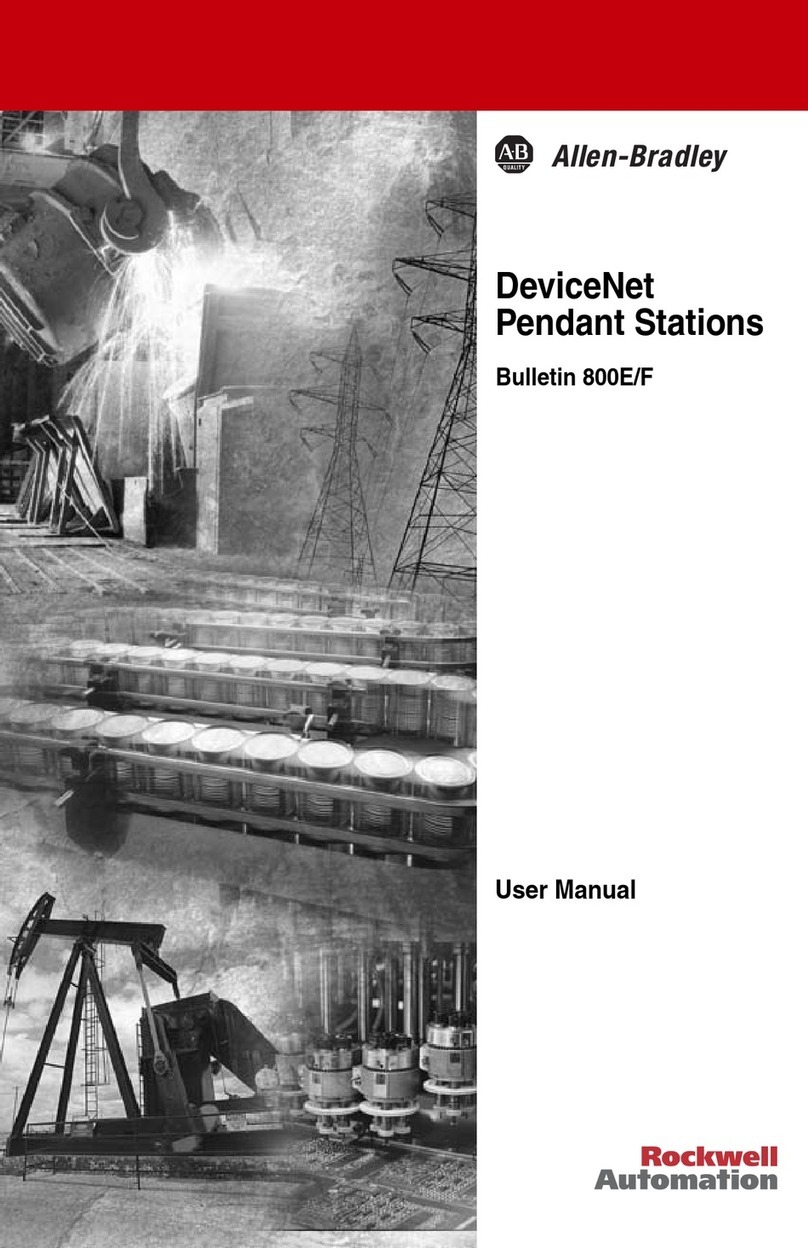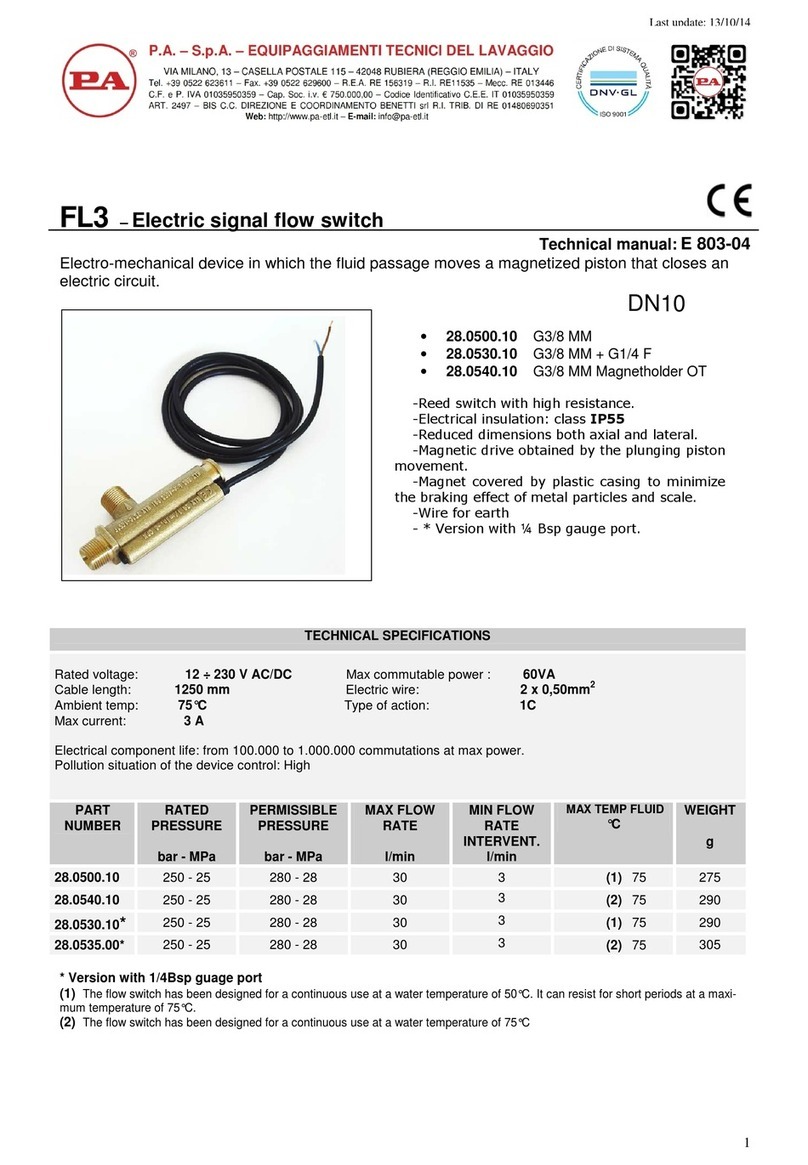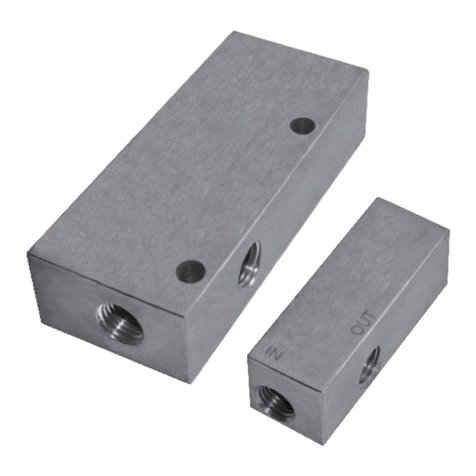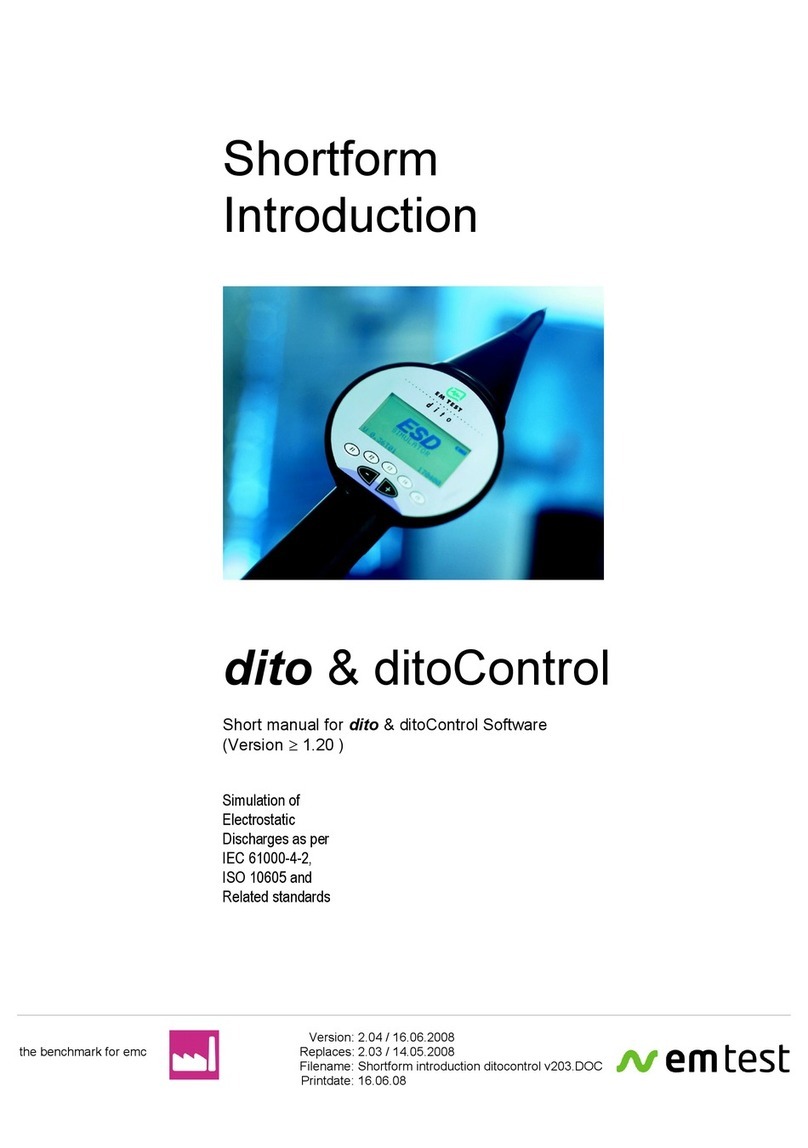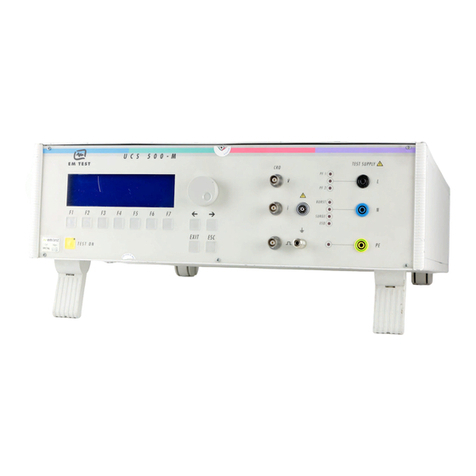
EM TEST (Switzerland) GmbH CWS500 N1.3 / N1.4
User manual V 1.01 3 / 47
Contents
1. Model Overview.........................................................................................................................................5
2. Safety .........................................................................................................................................................6
2.1. Safety Aspects ..........................................................................................................................................6
2.2.Safety when testing conductive immunity as per IEC 61000-4-6 .............................................................7
3. Unpacking and first installation ..............................................................................................................8
3.1. Unpacking .................................................................................................................................................8
3.2. Part Identifications and Functions.............................................................................................................9
4. Operating Functions...............................................................................................................................11
4.1. Front View...............................................................................................................................................11
4.2. Rear View................................................................................................................................................12
5. Manual Operation....................................................................................................................................14
5.1. Basic Operations.....................................................................................................................................14
5.1.1. Parameter definition for the following menus..........................................................................................15
5.1.2. Modulation...............................................................................................................................................15
5.2. Quickstart................................................................................................................................................16
5.3. User Test Routines..................................................................................................................................17
5.3.1. Voltage Sweep........................................................................................................................................17
5.3.2. Frequency Sweep ...................................................................................................................................17
5.3.3. Dwell Time Sweep...................................................................................................................................18
5.4. Standard Test Routines according to IEC 61000-4-6.............................................................................18
5.5. Calibration and Saturation test Menu......................................................................................................19
5.5.1. Calibration ...............................................................................................................................................20
5.5.2. Saturation check......................................................................................................................................22
5.6. Service ....................................................................................................................................................23
5.6.1. Setup.......................................................................................................................................................24
5.7. Remote display........................................................................................................................................25
6. Starting Operation ..................................................................................................................................26
6.1. Generator Function Check......................................................................................................................26
6.2. Function Check PM 1000........................................................................................................................27
6.3. Calibration and Test setup Overview......................................................................................................29
6.3.1. CDN.........................................................................................................................................................29
6.3.2. EM-Clamp / BCI Clamp...........................................................................................................................31
7. Calibration ...............................................................................................................................................33
7.1. General Information ................................................................................................................................33
7.1.1. 150Ωto 50Ωadaptor...............................................................................................................................33
7.2. Calibration Setup with CDN ....................................................................................................................34
7.3. Calibration Setup with EM Clamp ...........................................................................................................35
7.4. Calibration Setup for Bulk Current Injection Clamp (BCI).......................................................................35
8. Setup........................................................................................................................................................36
8.1. Test Setup with CDN’s ............................................................................................................................36
8.2. Test Setup with injection clamps (EM and BCI)......................................................................................37
9. Test Equipment CWS 500N1.x...............................................................................................................38
9.1. Design of CWS 500N1.3 series ..............................................................................................................38
9.2. Design of CWS 500N1.4 series ..............................................................................................................39
9.3. Control Unit .............................................................................................................................................39
9.4. Generator Unit.........................................................................................................................................39
9.5. RF Power Unit.........................................................................................................................................39
9.6. Fail 1 & 2 Input........................................................................................................................................40
9.7. 6dB Attenuator ........................................................................................................................................41
9.8. CDN Coupling/ Decoupling Network.......................................................................................................41
10. Technical Data.........................................................................................................................................42




















